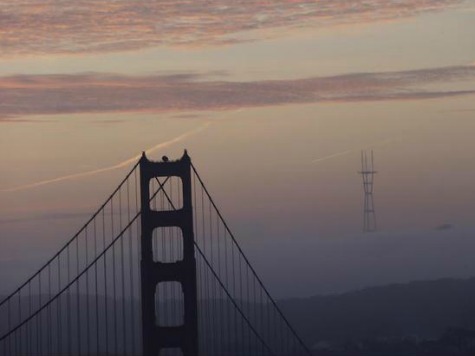Much has been made recently of San Francisco’s changing cultural climate. Where the city was once one of the preeminent bastions of music and counterculture, the recent emergence of the city as technology capital of the country has supposedly contributed to the changing of the overall culture in the city and the mini-exodus of the artists and culture-makers that once called San Francisco home.
To be sure, there are a number of factors that have precipitated the decline of San Francisco’s status as cultural trailblazer: rising rents, a smaller housing market, and newly enforced noise ordinances around popular venues have certainly shifted the musical landscape of the city. Independent artists and musicians just can’t afford to live in the city anymore. Several historic music venues have closed, and inevitably, more will close in the near future.
However, to blame the city’s rising tech culture for its decline in arts culture isn’t just shortsighted, it’s practically old-fashioned. If anything, the influx of bright, young tech workers and entrepreneurs will help reinvigorate the city and set it off in new directions. While the counterculture element of the city will certainly, at least for the near future, be diminished, the arts in general will continue to thrive as new music venues are erected, old venues hang on, and the new generation of artists make their mark.
In fact, just this week, there are a number of great shows coming to town: tonight, April 14th, the John Spencer Blues Explosion plays at Slim’s; Wednesday night, Foxygen and Kevin Morby are in town at the Chapel, a new venue in the city; Thursday night, national superstars Queens of the Stone Age play a show at the Bill Graham Civic Auditorium while the Afghan Whigs play a much more intimate show at Slim’s; and Saturday and Sunday marks Bicycle Day Weekend at the Regency Ballroom, where a full lineup of up-and-comers play all day, including Mimosa, Opiuo, Lotus, and Gramatik.
The criticism of San Francisco’s changing culture stems mainly from apprehension, as the city holds its breath and waits to see what happens. This apprehension is certainly understandable; no one knows yet what the city’s new breed of artists and cultural institutions will look like.
But this unknown future is precisely what art and culture is all about; who will step in and revitalize San Francisco, picking up where the “old culture” left off? Which savvy, creative entrepreneurs will seize the opportunity afforded by San Francisco’s new residents to build fresh cultural and civic institutions, capitalizing on ridiculously high demand in a city where people can afford to spend money on arts and culture? And which historic institutions will continue to be the shining, “Old Guards of the West,” showcasing not just national and international bands but local favorites as well?
The technology boom at the center of San Francisco’s changing landscape isn’t just changing the city; it’s changing music itself. Artists increasingly use albums, singles, and other recorded music as promotional material, having long ago surrendered this critical source of revenue to file sharing and online streaming services. As a result, it’s absolutely necessary for artists to perform live, and often. As one of the largest and wealthiest cities in the country, San Francisco will find a way to accommodate its artists, continuing the tradition of cultural richness the city has enjoyed since the ’60s.
While the cultural direction of San Francisco will undoubtedly change in the coming years, blaming the tech sector for this change is simply more whining from the liberal “cultural elites”. All cities expand, contract, and adapt; it’s simply what cities do.

COMMENTS
Please let us know if you're having issues with commenting.